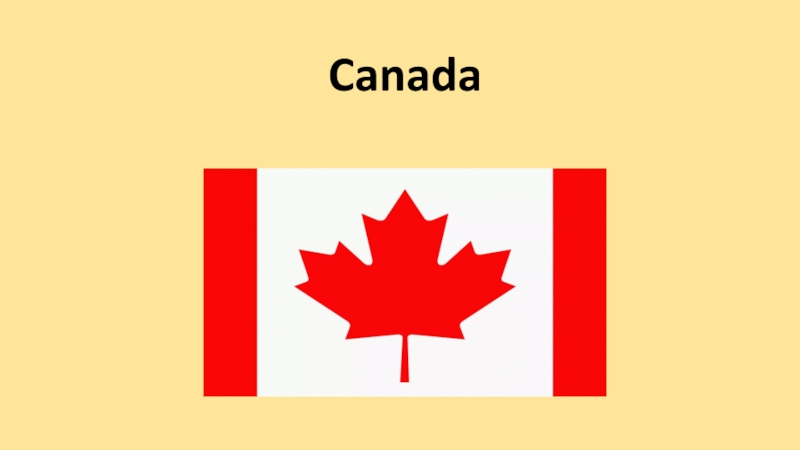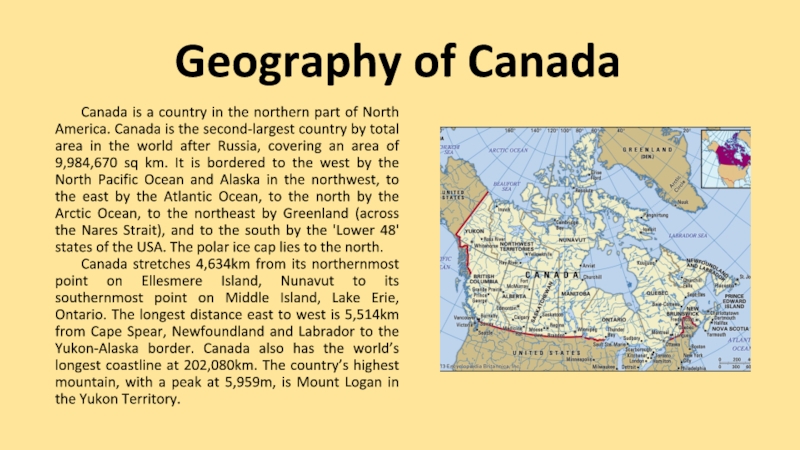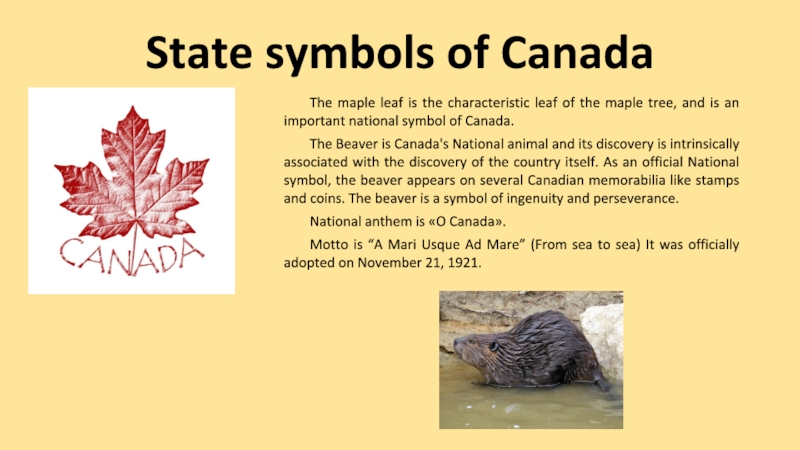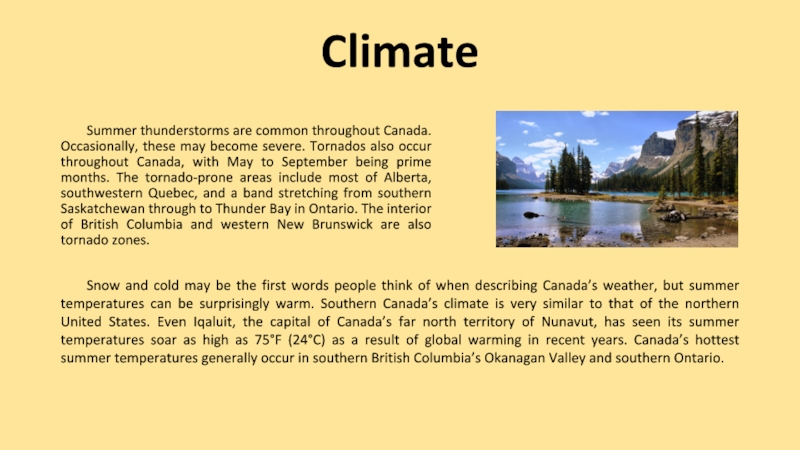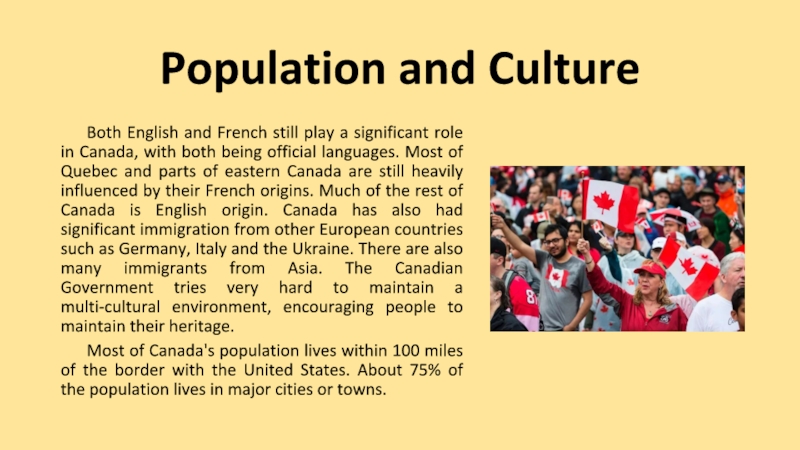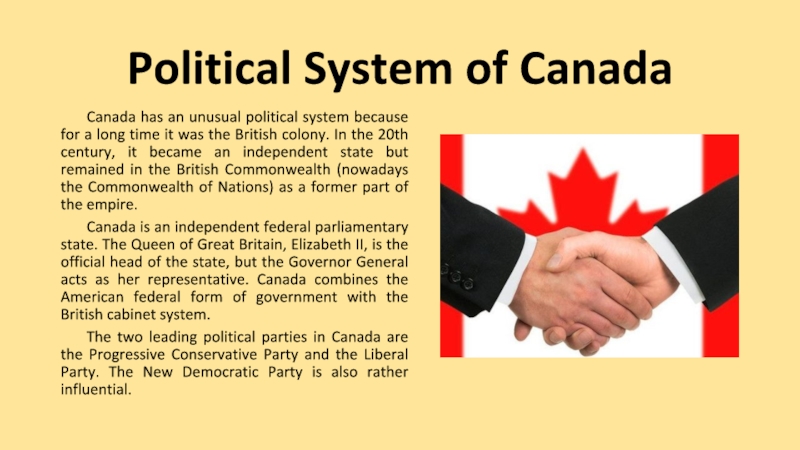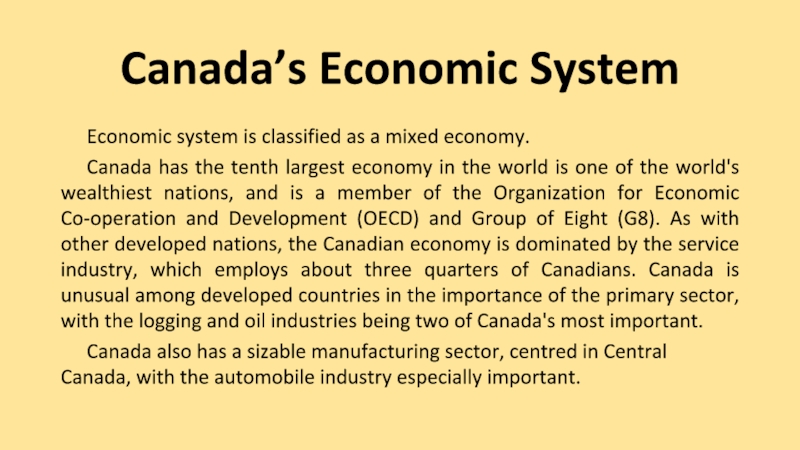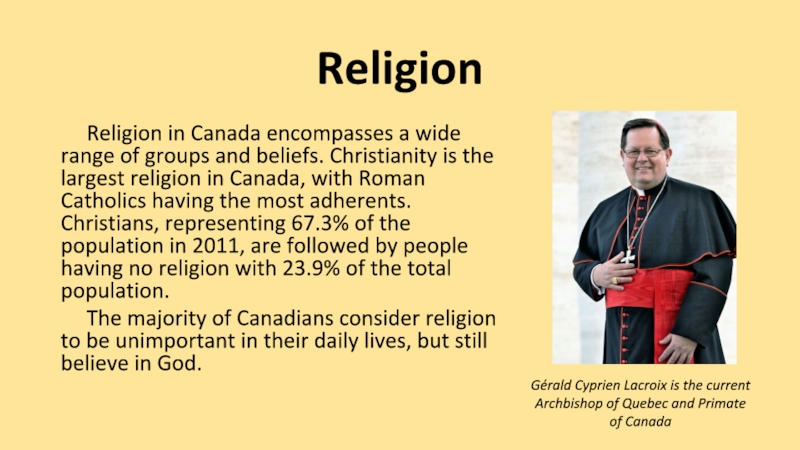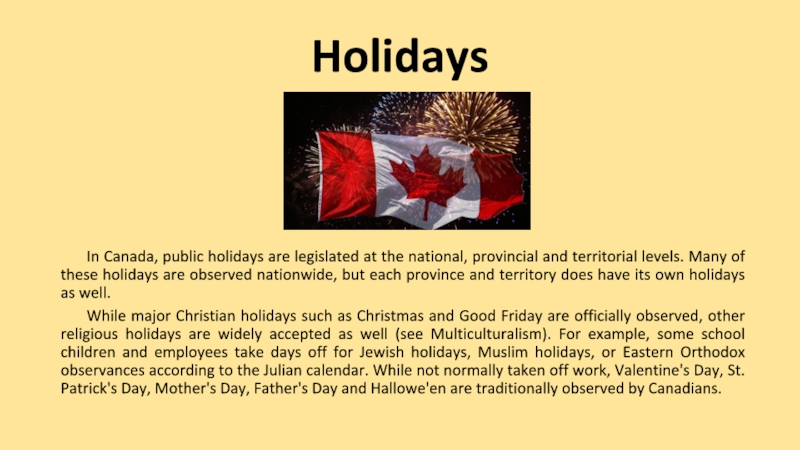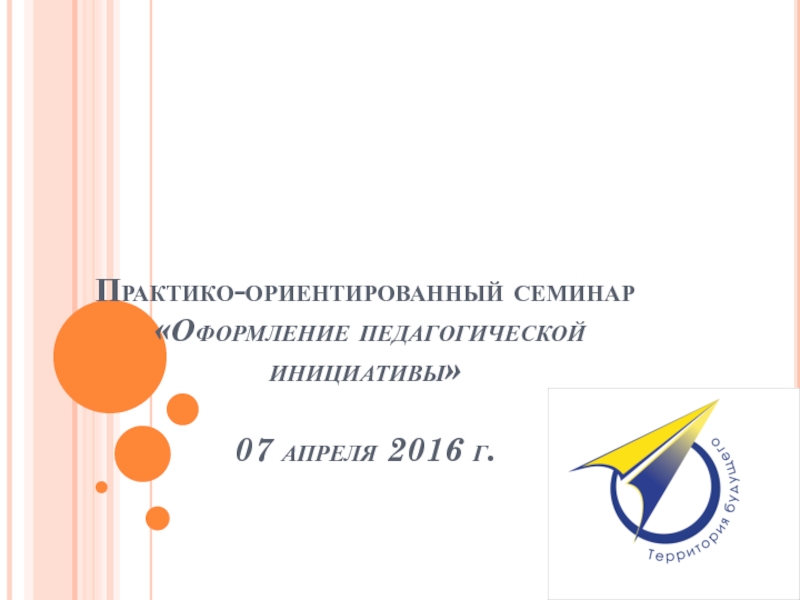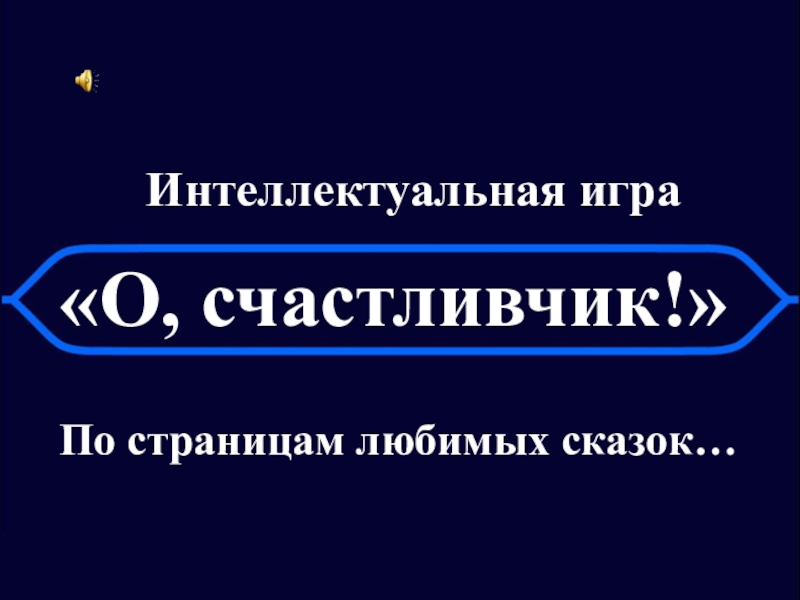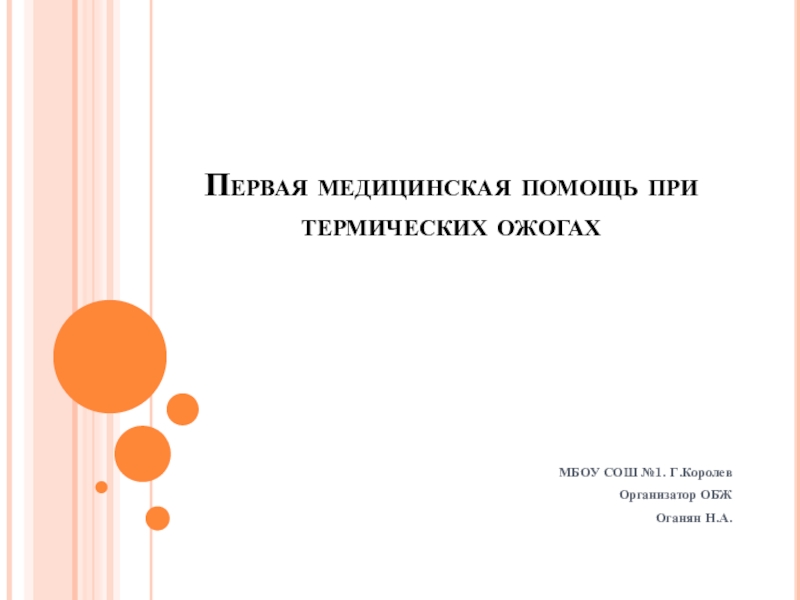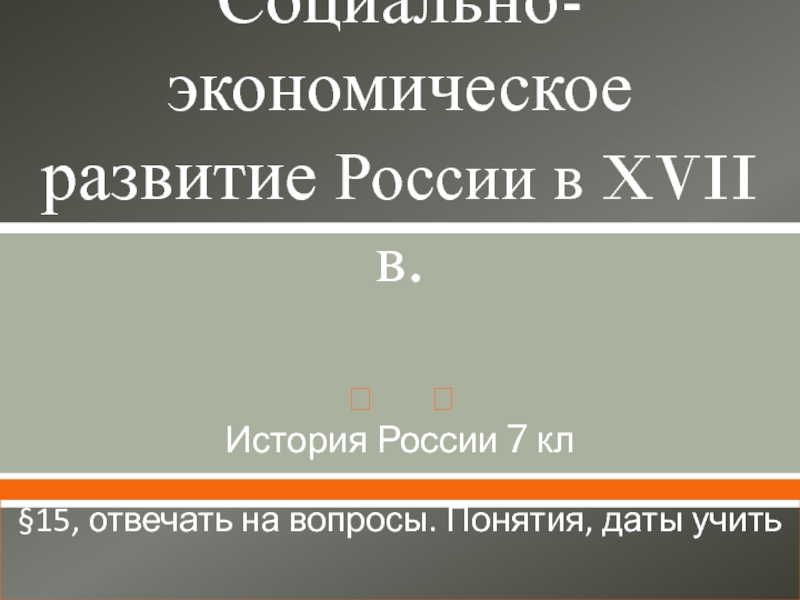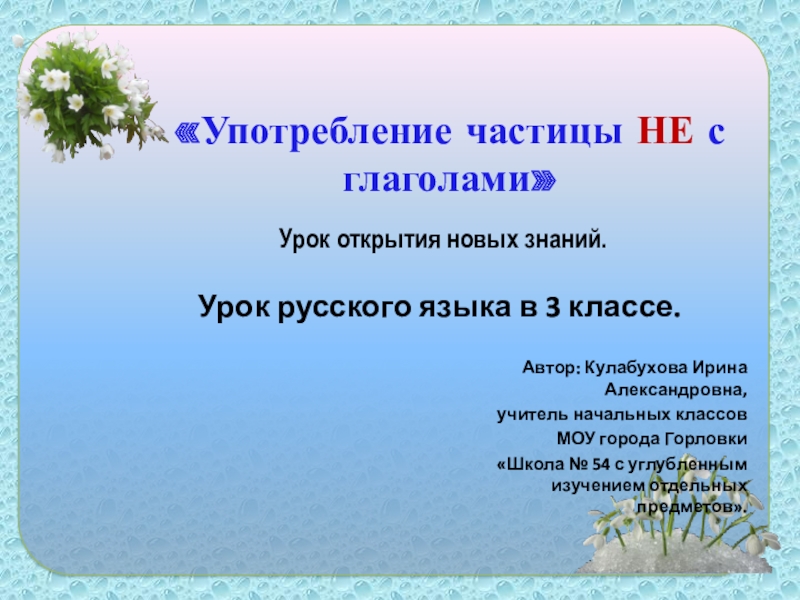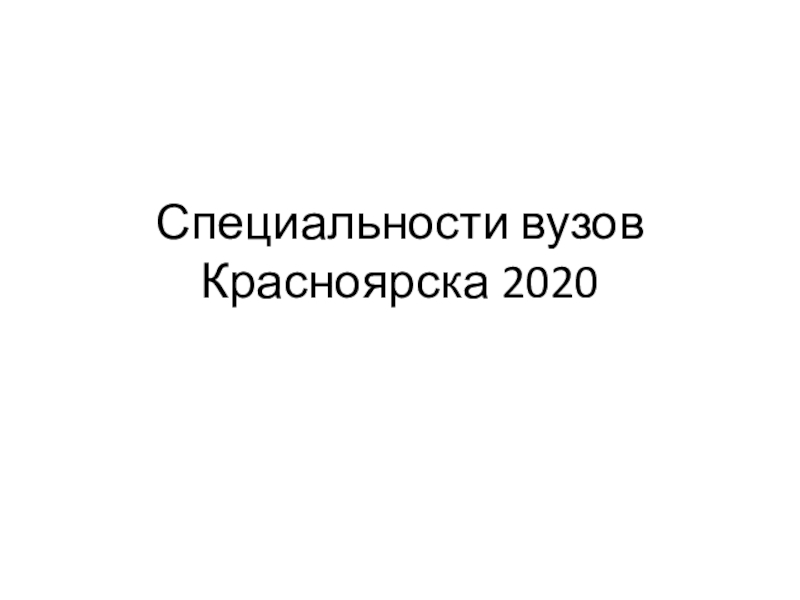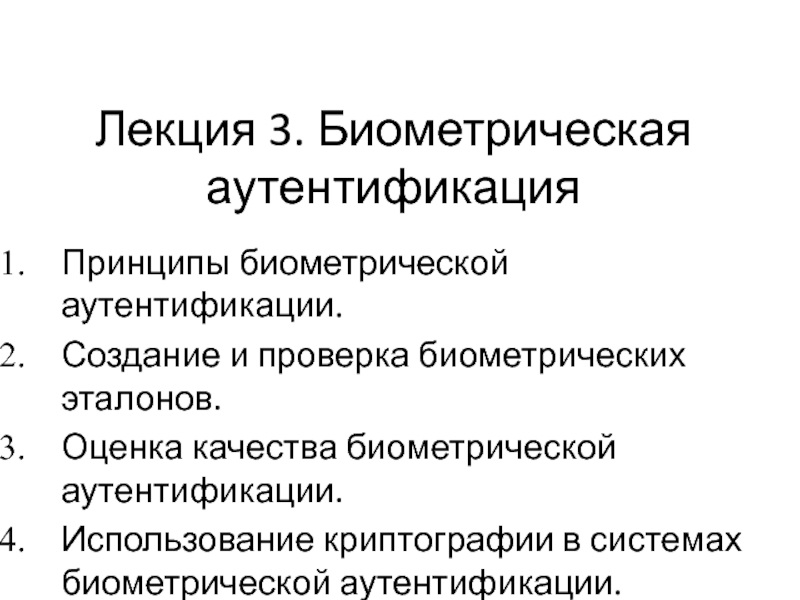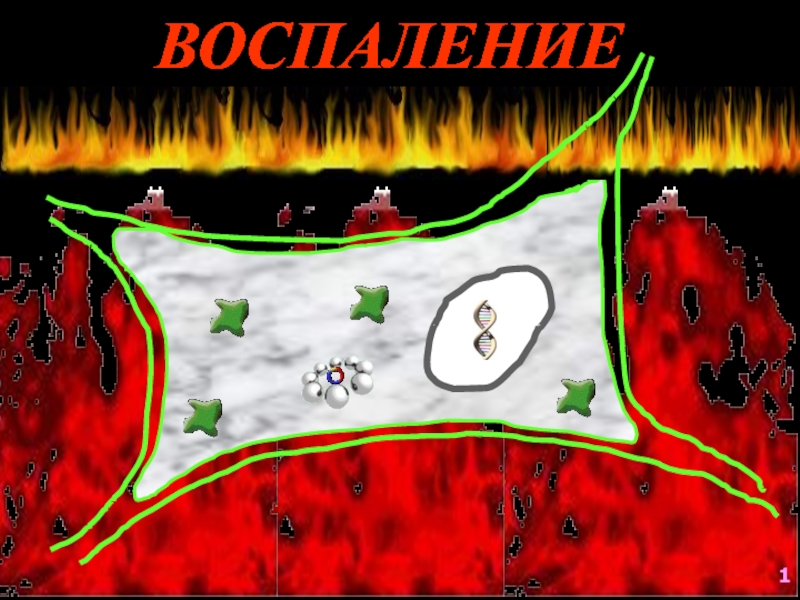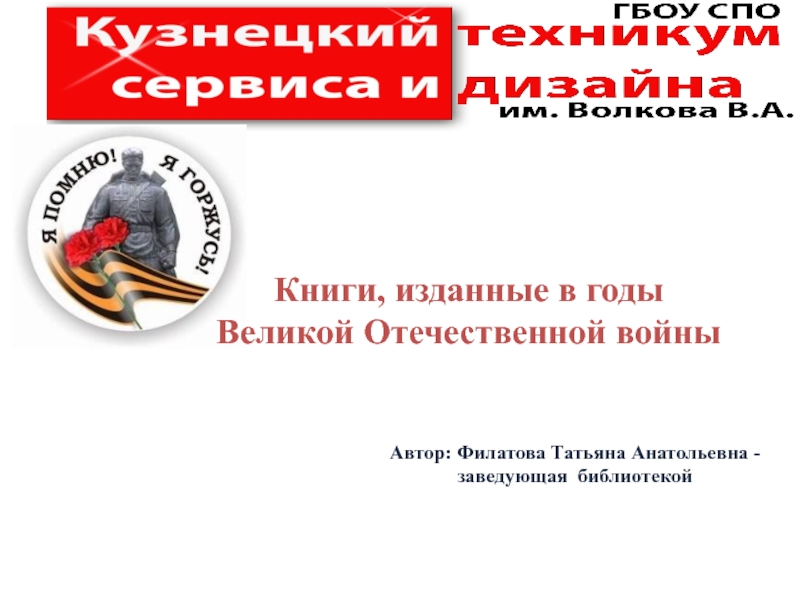part of North America. Canada is the second-largest country by
total area in the world after Russia, covering an area of 9,984,670 sq km. It is bordered to the west by the North Pacific Ocean and Alaska in the northwest, to the east by the Atlantic Ocean, to the north by the Arctic Ocean, to the northeast by Greenland (across the Nares Strait), and to the south by the 'Lower 48' states of the USA. The polar ice cap lies to the north.Canada stretches 4,634km from its northernmost point on Ellesmere Island, Nunavut to its southernmost point on Middle Island, Lake Erie, Ontario. The longest distance east to west is 5,514km from Cape Spear, Newfoundland and Labrador to the Yukon-Alaska border. Canada also has the world’s longest coastline at 202,080km. The country’s highest mountain, with a peak at 5,959m, is Mount Logan in the Yukon Territory.
